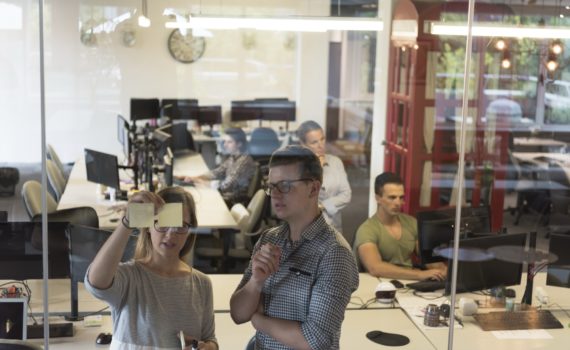
Pessimistic Design Leads To Higher Workplace Costs
Are you focused on process or product? Do you classify your work as a project? In the workplace pessimistic design often creates higher costs of doing business.
Recently, I received an email with a somewhat interesting tag line.
“Projects cost you money. Process makes you money.”
It was a spam sort of thing, trying to entice me to hire some outsourced assistance with lead generation.
The Concept of Systems
When you think about systems what is your first thought?
People often quickly associate systems with efficiency, perhaps quality, or a foolproof method of effectively accomplishing work.
Do systems cost money or save money?
Initially, it seems that setting up the system costs a little. It takes time, energy, and other resources to get things setup. After that, we often make the assumption that the system will improve quality or efficiency.
What happens if we are pessimistic in our approach to system design?
Pessimistic Design
Imagine for a moment that we assess the likelihood of failure as much more common than the likelihood of success. Imagine that we suspect a far greater chance of cracks, breaks, or derail opportunities than what is truly likely?
Do you backup the data in your cell phone? What about your personal computing device? Is one backup sufficient? Should you have a backup to the backup? What have you designed for redundancy?
Does your car have a spare tire? Do you know how to use it? Should you carry an additional spare? Will your battery work to start the car, do you carry an additional battery?
Going too far with system design can cost more money than what the design was initially intended to do.
The costs associated with a poor design or over-engineering will surely outweigh the cost benefits of the process.
-DEG
Dennis E. Gilbert is a business consultant, speaker (CSPTM), and culture expert. He is a five-time author and the founder of Appreciative Strategies, LLC. His business focuses on positive human performance improvement solutions through Appreciative Strategies®. Reach him through his website at Dennis-Gilbert.com or by calling +1 646.546.5553.






